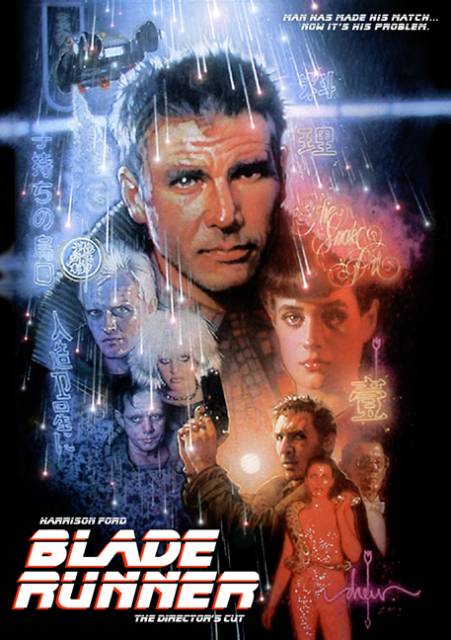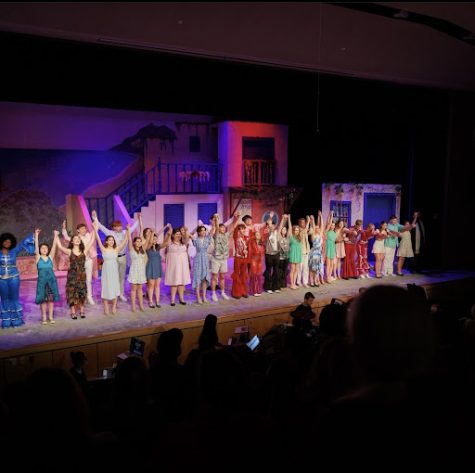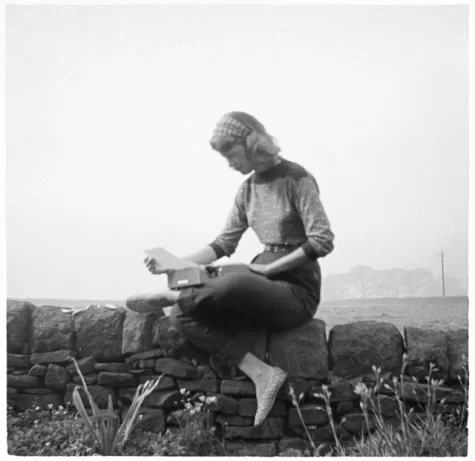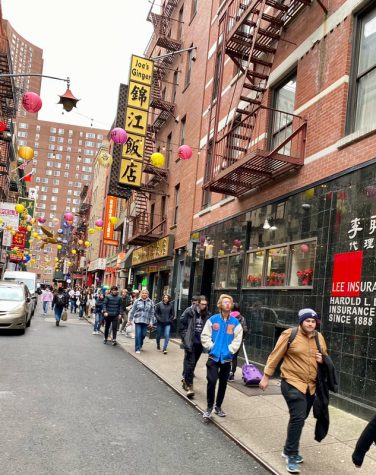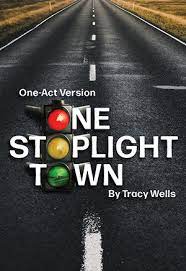Movie Review: Blade Runner
The year was 1982, and the sci-fi genre was booming in the film industry. The first two Star Wars films had been dominating pop culture, Star Trek had already been around for some time, and 14 years earlier 2001: A Space Odyssey had been released. Just three years before, a new director had put his spin on the sci-fi genre with a horror movie called Alien. It was exciting, groundbreaking, and absolutely frightening. The film’s creator was a new British director named Ridley Scott. In 1982 at the height of the sci-fi genre, he made a new groundbreaking film for the genre called Blade Runner. Blade Runner was not overly successful at its initial release, but over time gained recognition for its stunning visuals and exciting plot. The original release of Blade Runner was not exactly how Ridley Scott had wanted it however. Over time, several different cuts of the film were made until the most absolute cut was produced: The Final Cut. Having known about the film for quite some time, I decided to watch it recently. I read online about how The Final Cut was the most definitive, and influenced by Scott himself. I decided to watch this version of the movie, and was excited to do so. Ridley Scott is one of my favorite directors, having created lots of amazing movies including the mentioned Alien, Black Hawk Down, American Gangster, and most recently The Martian. After having viewed it, I would have to add Blade Runner to my list of favorite Ridley Scott films.
Now as mentioned, this review is based on The Final Cut of the film. I have never seen the original version, which includes some different components such as a voice over and a different ending. However, I found this final version to be almost perfect. The first thing to mention about Blade Runner is the stunning visual effects. This movie came out in 1982 and I was still blown away by the amazing visuals on the screen. I’m used to films full of effects and grand scale visuals, but this movie was amazing. The setting of a futuristic Los Angeles looks amazing and noir. However, the setting and effects is only part of the film’s greatness. The story works as a neo-noir as well as a sci-fi film. The film centers on Rick Deckard (played by Harrison Ford), an ex-cop part of a unit called Blade Runners. His job is similar to that of a bounty hunter. He tracks down androids known as “replicants” who seem to be just like humans but are possessed with superhuman qualities. His job is to find these replicants and “retire” them. While watching the movie, I found myself feeling like I was watching a detective film, which would make sense considering the film’s neo-noir genre. Deckard has to track down four replicants who have broken out into society before they cause harm. The film is exciting, and contains several action and chase sequences between Deckard and the replicants. The most exciting of these is the final sequence, (Spoilers Ahead) in which Deckard faces off against Roy Batty (played by Rutger Hauer), the leader of this replicant group. The movie’s most pivotal and thought-provoking scene comes at the end of their battle. There is a monologue in which this replicant speaks on how in his death all his memories will be lost, “like tears in the rain.” To add to the film’s dark noir setting, it’s raining the entire movie. This line and monologue are much deeper though, and relate to a main theme of the film.
Blade Runner deals with themes of freedom and identity. The replicants are programmed to die after four years, however they possess memories and feelings similar to humans. They deal with the struggle of staying alive and having their own identity. Deckard struggles with this concept of identity as well. He falls in love with a good replicant named Rachael. He doesn’t know how he feels about her throughout the film, and at the same time she is battling with her identity having just found out her memories are programmed, and she is a replicant. The “tears in the rain” line is the most iconic of the film, and deals with the concept of the replicants and humans being forgotten. A final aspect of the movie that is very thought-provoking is that of the unicorn and Deckard’s true identity. The film leaves the question, is Deckard a human or replicant. He is quite adept at hunting the replicants, which leaves the question hanging over the audience’s head. The unicorn is important and iconic symbolism in the film, and further develops the question of Deckard’s identity. Deckard has a dream early on in the movie of a unicorn. In the film’s final moments, he finds an origami unicorn in his apartment as him and Rachael are leaving to escape on their own. Another Blade Runner named, Gaff, leaves the unicorn at Deckard’s apartment. Unicorns symbolize a mysterious, unidentified creature, which are difficult to capture. In the film, it is illegal for replicants to desert their job, which then causes the Blade Runners to retire them. I believe the unicorn is symbolizing Deckard and Rachael’s escape, relating to them being hard to capture. I think it also tells that Deckard is the unidentified human, and is a replicant himself.
I would highly recommend Blade Runner: The Final Cut. For those who love sci-fi movies as well as noir films, this is the movie for you. Immediately after viewing the movie I wasn’t sure how I felt about it, but after reflecting on it for several days and thinking about the themes and messages, I realized how good of a movie it was. It has a simple plot, but is heightened by great special effects (which are still amazing even in this day and age), great character and thematic development, and thrilling action sequences. Blade Runner is not a new film, but it is definitely a classic; and I doubt it is going to be forgotten “like tears in the rain.”

